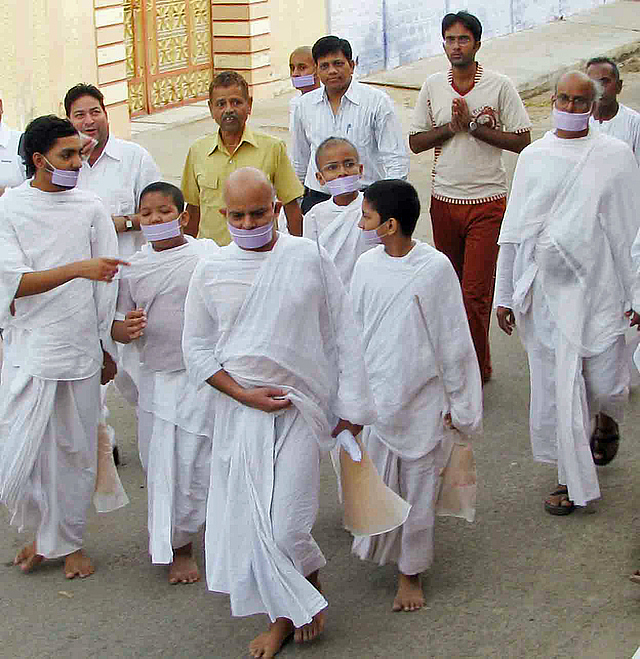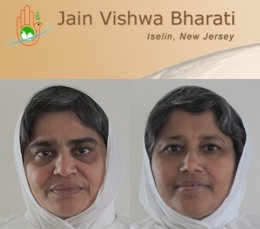
The Art of Walking "A small prod can control a huge elephant, a small lamp can remove intense darkness, and a small thunderbolt can destroy big mountains. Therefore, small should not be ignored." Human life is precious. To make it worthwhile, it is necessary to pay attention to matters that may seem small and simple but can actually shape one’s life. These include how to stand, how to sit, how to talk, and how to walk. Walking Walking is a fundamental activity of life. Moving one foot after another is the result of muscle movements. However, the act of walking says more about a person than just his muscular action. Let us reflect on the act of walking. A newborn cannot walk on his legs because his physique is too weak. After a few months the baby begins to sit. Then learns to walk by holding his parents finger. After that he tries to walk without any assistance. His first tottering steps bring joy to all. Thus walking is not a mere coordination of muscles; it involves many other faculties as well. To walk means to move. There are two types of movements. One refers to moving with the legs and the other implies progress in life. The former is physical whereas the latter is abstract. All creatures in this world move methodically. However, walking should be a conscious act. The mind should be engaged in telling you how to walk, when to walk, and why. The first thing to consider is the purpose of walking. Walking miles and miles is meaningful only if it has an objective. To walk even a step without an aim is a waste of time and energy. Morning and evening walks are considered good for health. The lungs normally have the capacity to take in five to six liters of oxygen, but generally people do not use their full potential. Walking enhances the capacity for intake of oxygen, which in turn keeps you more energetic. Morning walks are deemed healthiest because with the sunrise trees release more fresh oxygen and the environment is not polluted. Walking is particularly beneficial for people with diabetes, depression, obesity, and asthma. Mindful Walking (Gamanyoga) The word Gamanyoga, as described in the preksha meditation system, means to walk carefully. Gaman yoga is simply a non violent walk with the intent to avoid hurting other beings.
It also emphasizes choosing the right place and the right path and following safety rules. Every so often, despite awareness of the rules of the road, people still walk on the forbidden side just for the ease or sheer neglect. Such violations could be dangerous. While walking, reflection should be limited. Before embarking on a journey, one should recite favorite mantra to make the journey auspicious. Walking is not merely a physical act but also reflects your personality. Graceful walking leaves a positive impression. Some people tread softly, while others move hastily and heavily, making a great deal of noise. Some people keep their body in a straight line and others bend their neck and shoulders forward. Some people walk energetically with firm steps while other walk nervously. The following Guidelines for walking can effectively change your personality: Staying conscious of each and every movement of the feet makes you more cautious and alert. Taking balanced and firm steps represents courage and confidence. Walking on the entire foot is more natural than walking only on the toes. A disturbed person tends to split himself while walking; His physical movement is in one direction, his vision is in another, and his mind may be taking an entirely different path. Let the body, mind, and vision go in unison. Hitting other people, creatures, or objects in the vicinity is a sign of frustration and aggression and should be avoided. A mindful walk awakens and energizes the non violent consciousness within. Walking for a cause can bring about the awareness and positive change in society. History testifies to the success of peace walks and marches in achieving the seemingly impossible all around the world. Walking for a cause draws global attention to poverty, exploitation inhumane behavior, racism, nuclear armament, and war. Many great men like Mahatma Gandhi, Vinobha Bhave, Martin Luther King Jr., Lech Walesa and Nelson Mandela have been crusaders of peaceful revolutions through peace marches. I myself along with H.H. Acharya Mahapragya, have been on peace marches that have resulted in awakening non- violent consciousness and reinforcing the moral values of the society. Internal Walking: Spiritual Progress The abstract or metaphysical meaning of walking is progress, specifically spiritual progress. Indian culture lays emphasis on charaiveti which means, “To keep going”. According to this concept luck favors those who put forth the most effort, whereas a person who sits idle can never be expected to enjoy good fortune. “To keep going” in this context is to proceed in spiritual path. Of course, such movement requires right perception and guidance besides physical effort. What really matters is how effectively one uses knowledge for progress in life. Usually people stress the importance of bookish knowledge. Progress in life should not be judged by this or name or fame. The most meaningful measure of ones knowledge is its proper use for spirituality and enlightenment.
Views of Acharya Mahashraman from "LIFE, Twelve Golden Principles for Holistic Living" | 
